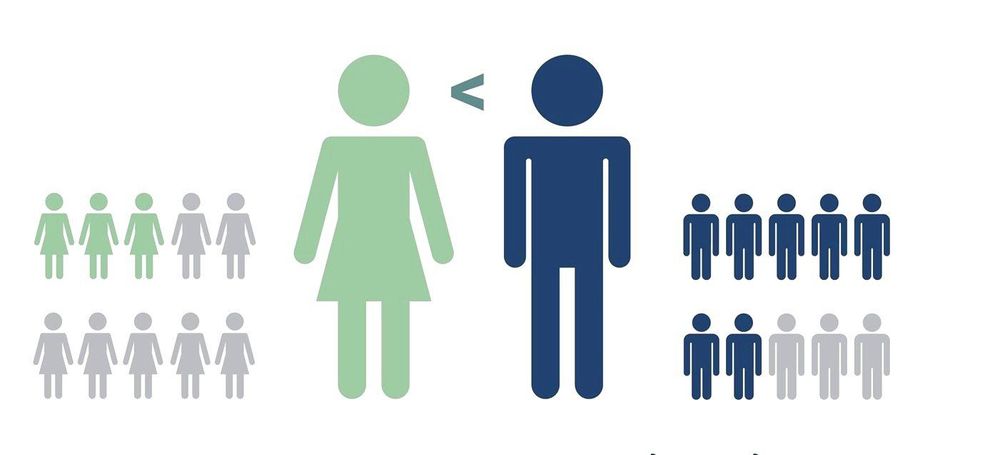This is an automatically translated article.
Long ago, according to female legend, men were described as having less pain tolerance than women. Accordingly, even the slightest painful effect makes men weak and painful. While women, on the other hand, can endure more pain.In fact, when the pain effect is increased from low to high, most women will be able to endure, fight the pain without flinching. However, based on scientific evidence, this legend may not be true. Men are scientifically proven to have better pain tolerance than women. So are there any differences in pain tolerance related to gender?
1. Unravel the mystery of pain
A laboratory study at the University of Washington, Seattle seems to show that for many different triggers (but not all types) when a stimulus causes pain, women have a greater tolerance for pain. lower than men.However, accurately determining whether men or women have pain tolerance for all types of pain is still a puzzle that scientists still do not have a satisfactory answer.
The fact is, no one really knows for sure if men and women perceive pain differently and how they react to pain?
Many factors related to social norms, cultures and other factors have been reported in relation to pain sensation that may not be related to any biological basis at all.
Currently, pain sensation is known to be related to biological basis, however until now there is no truly accurate way to test pain sensation.
Researchers have been trying for decades to solve the mystery of pain. An important breakthrough came in the mid-1960s when scientists discovered that the brain can alter or adjust the nervous system in response to pain. Until then it was believed that the nerve-brain connection and pain sensation were fixed and easily changed.
Some experimental studies suggest that pain modulation systems between men and women may be different. In females, there may also be a complex endocrine system involving estrogen.

Một nghiên cứu trong phòng thí nghiệm tại trường đại học Washington, Seattle chỉ ra rằng phụ nữ chịu đau kém hơn đàn ông
The receptors after the stimulus release chemical mediators present in the nerve cells. These substances help transmit nerve impulses and notify the brain of pain-causing information. The chemicals are stored in a part of the spinal cord called the anterior horn of the spinal cord and are released into the brain. The brain will record information about pain sensation and pain location, from which we perceive pain at the stimulated site.
Even under general anesthesia, the patient's central nervous system remains on alert and transmits pain nerve impulses from the sensory receptors through the nerves, into the spinal cord, and to the brain.
The brain responds by releasing glutamate to the spinal cord, a chemical that reactivates the central nervous system and creates a physical memory of the pain.
2. Feel the pain
How pain is perceived depends on many factors, including the ability of men and women to perceive pain and the physiological/social aspects of pain sensation. Financially, the painful sensation is certainly worth it.According to Pain America, the annual cost in the United States for pain treatment is approximately $100 billion, including 515 million in opportunity costs due to lost workdays. Approximately 25 million Americans suffer from acute pain due to trauma or surgery.
Laboratory studies show clear differences in pain tolerance between men and women. Male and female volunteers were tested for heat tolerance and other types of pain-inducing stimulation tests. Women feel pain at a lower temperature than men.

Các nghiên cứu trong phòng thí nghiệm cho thấy sự khác biệt rõ ràng về mức độ chịu đau giữa nam và nữ
To measure the difference in pain tolerance between men and women, the researchers used a tool called effect size, which compared the difference between groups and the difference within each group.
At small, medium and large scales, the difference in pain tolerance between men and women is moderate. In the temperature scale in centigrade (degrees Celsius) a significant difference that men can tolerate more than women about 1.5oC.
These findings really raise questions about other factors involved in pain perception in women. For example, the researchers wanted to know what role a woman's menstrual cycle played in pain tolerance.
Women know not to wax their legs right before their period as it can be much more painful than other times in their cycle. Therefore, it is possible that hormonal factors are influencing pain perception in women.
Laboratory studies also show that during the premenstrual period, women are more sensitive to most types of painful stimuli than during other phases of the menstrual cycle.
Therefore, there are many complex interactions between the different systems of the body rather than just having to do with changing estrogen levels during the menstrual cycle.

Nghiên cứu trong phòng thí nghiệm cũng cho thấy rằng trong giai đoạn tiền kinh nguyệt, phụ nữ nhạy cảm hơn với hầu hết các loại kích thích đau
3. Gender-specific pain treatment?
Another question the researchers wanted to answer was whether the results of this different lab study have any clinical significance? In other words, how can doctors use data to help patients? Those are some of the questions that are beginning to be answered, but more research is needed to understand the differences in pain sensation in men and women.Today, when a man or woman walks into a doctor's office, the patient will be assessed and treated for pain in the same way depending on the disease that the patient is suffering from, but mostly There were no gender-related differences in pain treatment.
However, that could change in the very near future. Better-designed studies are underway and quite a bit going on that should yield some answers in the years to come.
Please dial HOTLINE for more information or register for an appointment HERE. Download MyVinmec app to make appointments faster and to manage your bookings easily.
Article reference source: webmd.com












